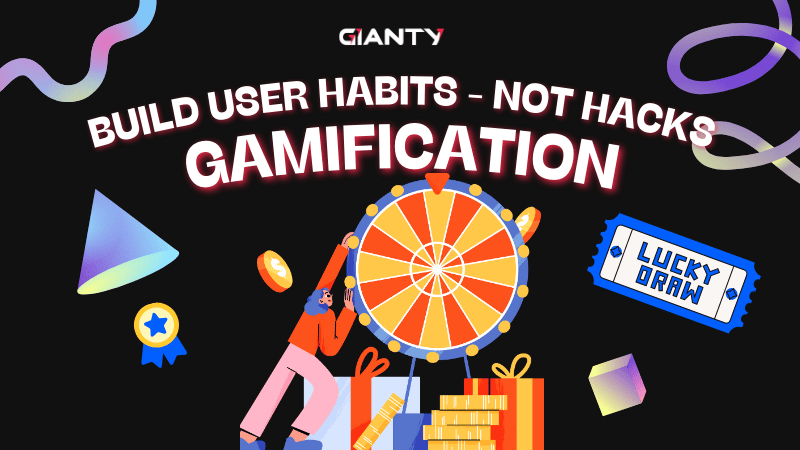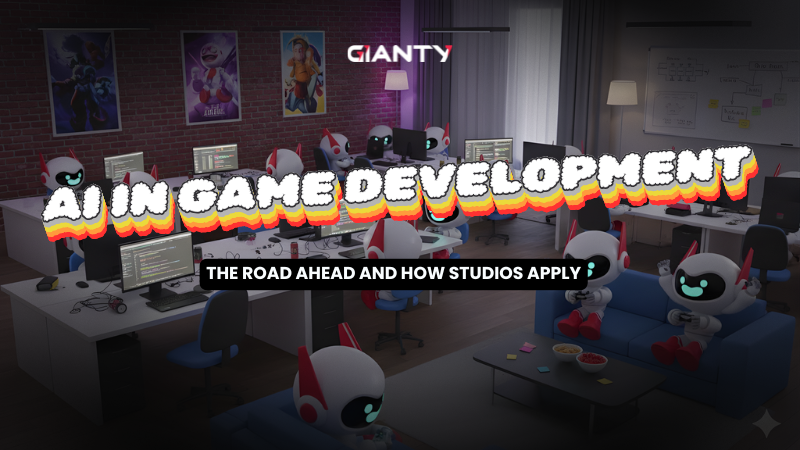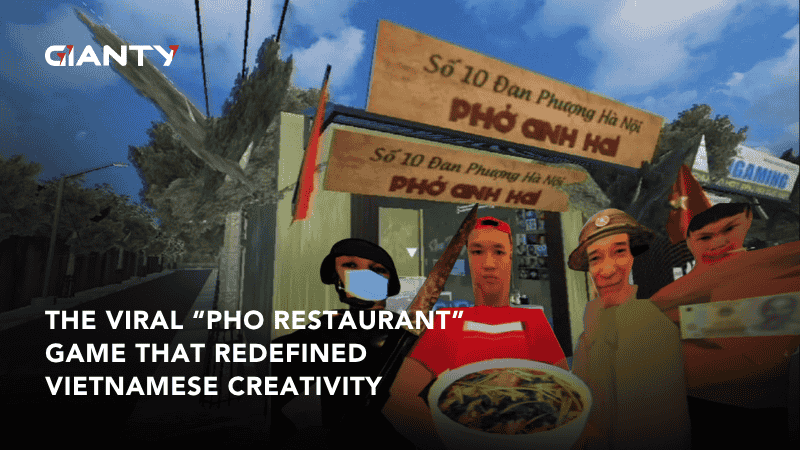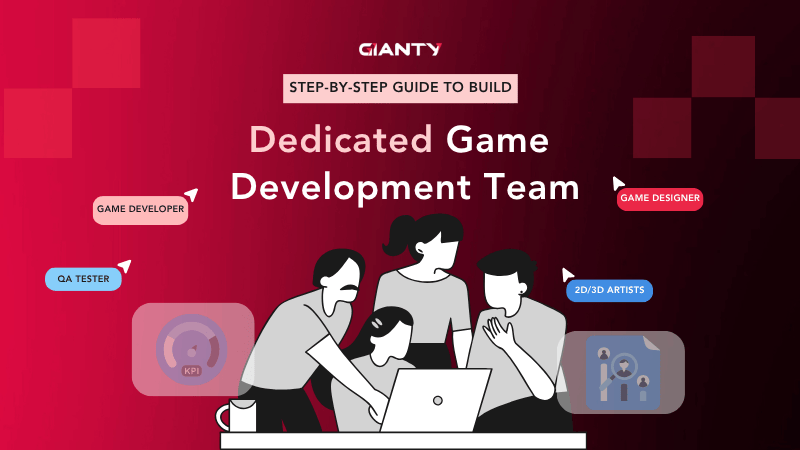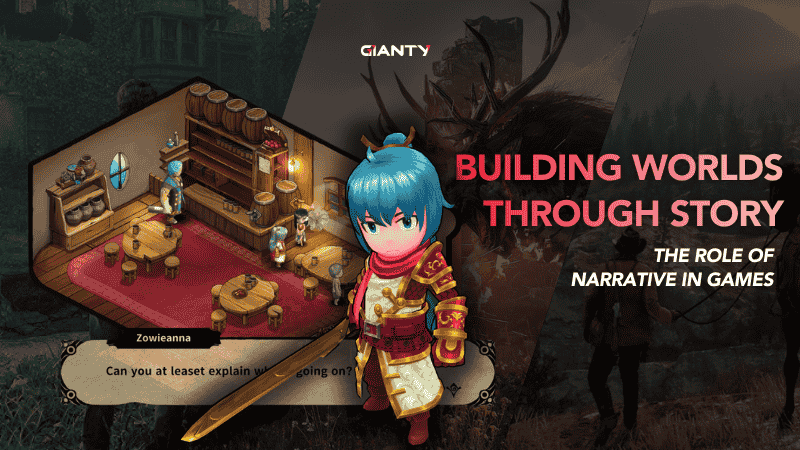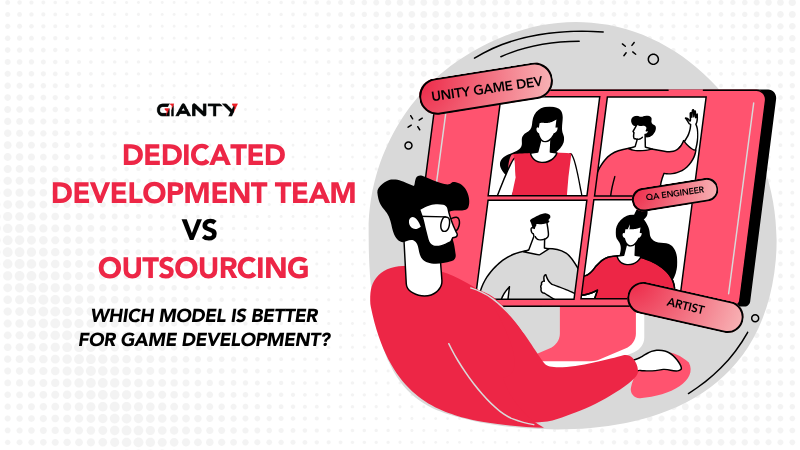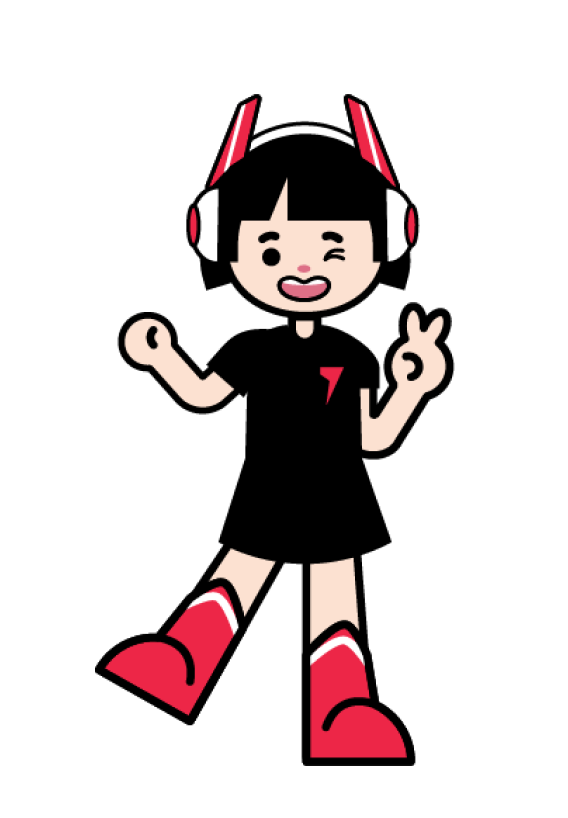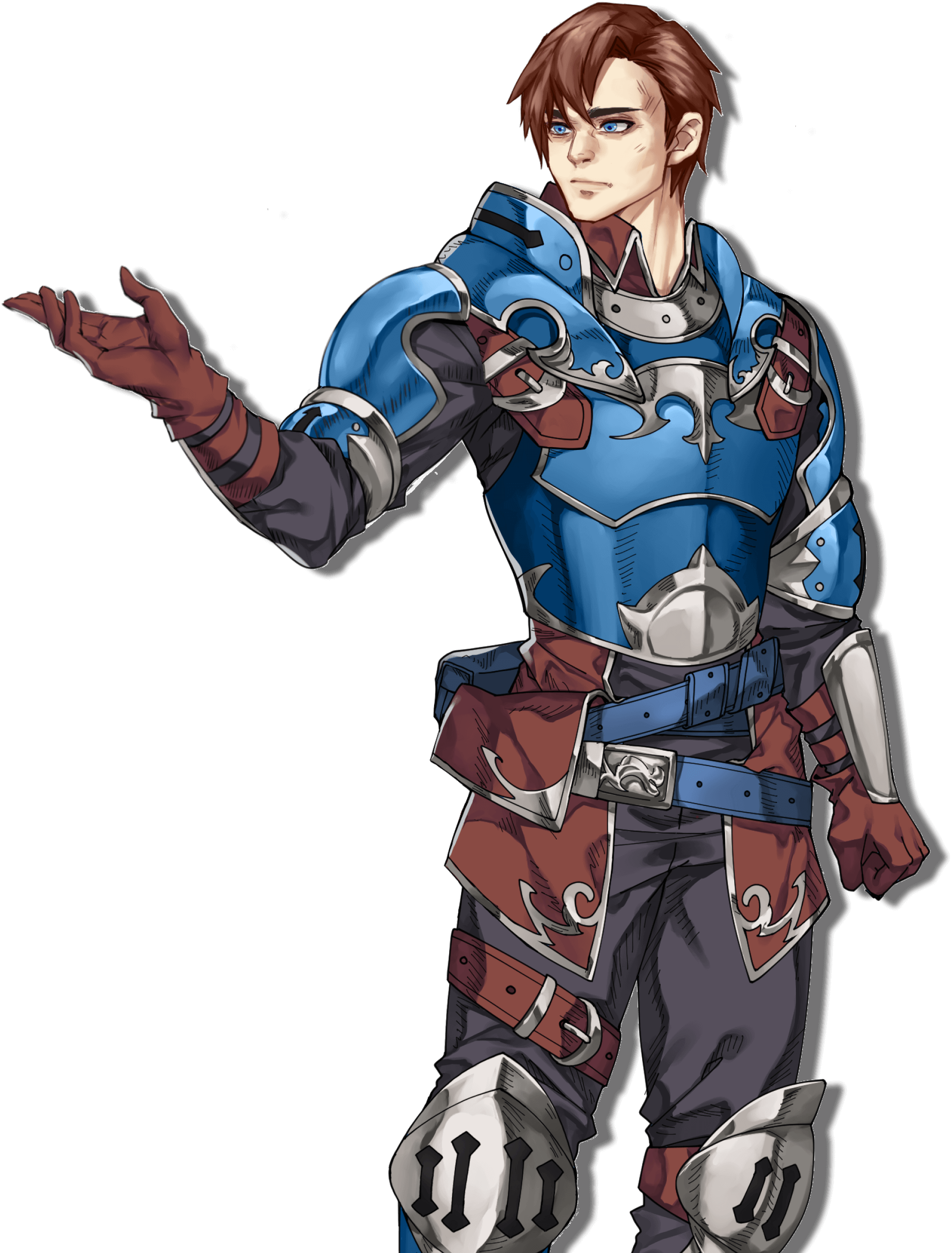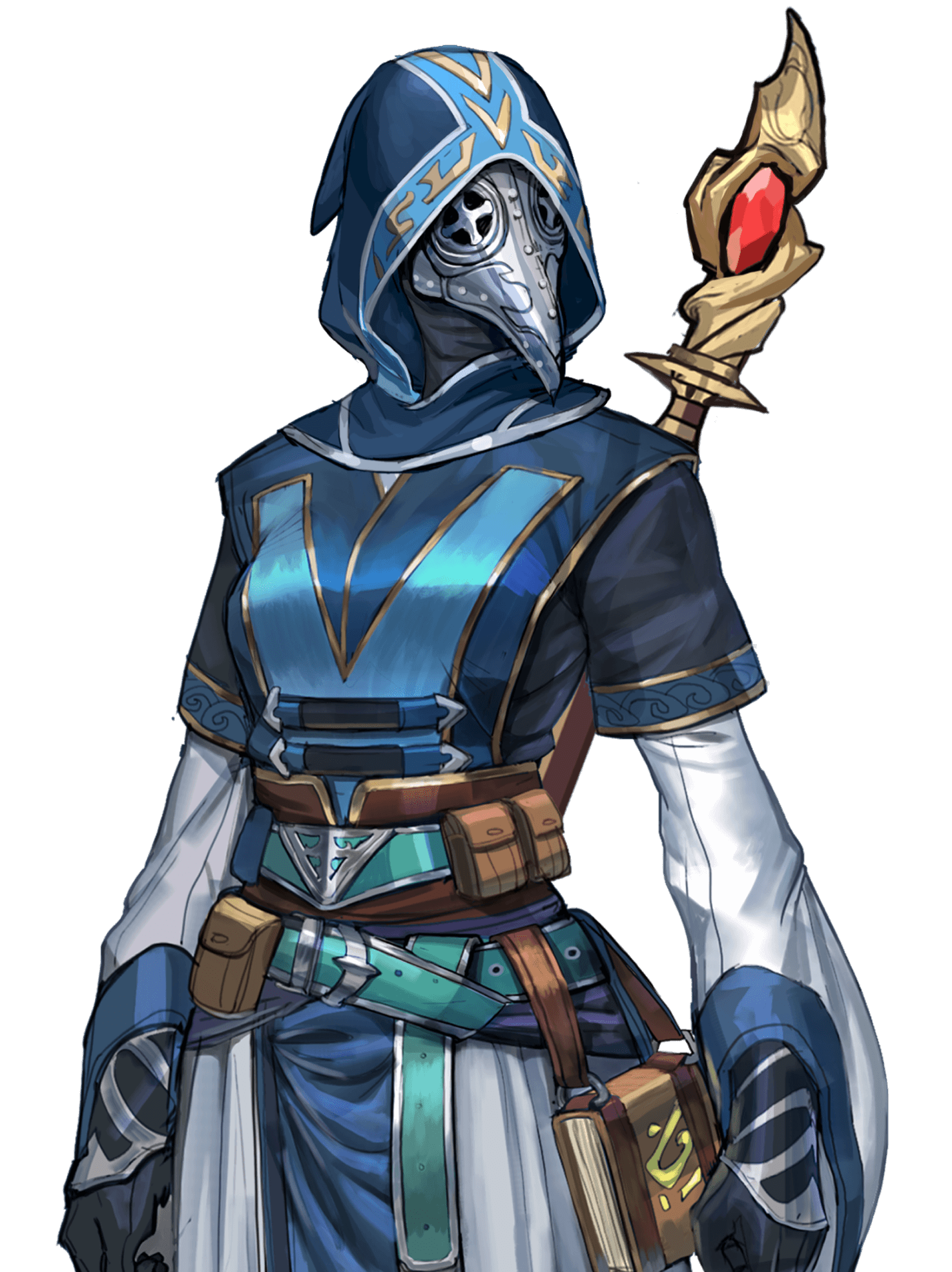The promise of web3 game development goes far beyond NFTs, tokens, or marketplaces. At its core, great games, whether web2 or web3, are built on timeless design principles: fun, balance, community, and continuity.
With experience across multiple web3 game development, we understand that technology is only as powerful as the gameplay it supports. From concept to live operations, every title we build begins with one focus – creating mechanics that are genuinely fun and rewarding to play.
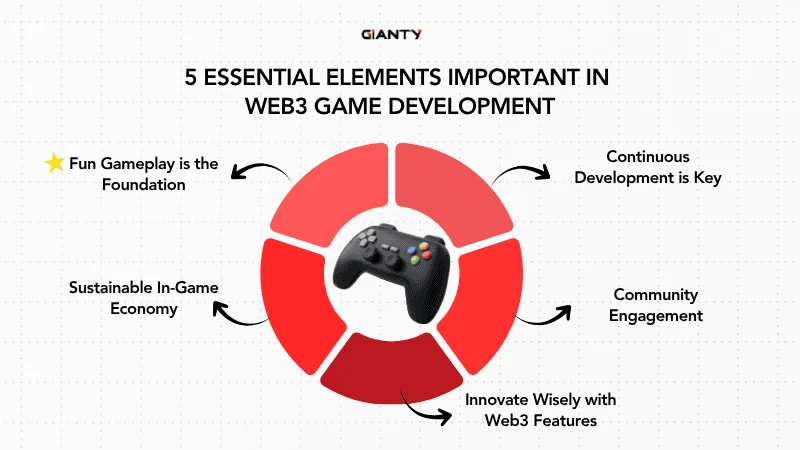
In this article, we’ll explore 5 essential elements that define successful web3 game development and how studios can use them to build experiences that last.
TL;DR
- Fun gameplay is the foundation. A great web3 game development must stand on its own – engaging, rewarding, and enjoyable to play even in web2 or web3.
- Fair asset systems and balanced rewards keep players invested for the long term.
- Community drives growth. Empower players to co-create, contribute, and shape the world together.
- Innovate wisely. Use blockchain only where it adds real value to gameplay and ownership.
- Continuous development is key. Grow, adapt, and thrive through new content, balance updates, and evolving player expectations.
Fun Gameplay Is Still the Foundation
Gameplay Above All
The industry is shifting away from “token farming” toward gameplay-centric design. Players now expect high-quality graphics, meaningful progression, and engaging narratives, not just economic incentives.
One truth becomes clearer than ever: gameplay is everything, even in web2 or web3 game development.
The first generation of web3 titles captured attention with innovations such as ownership, tokens, and open economies, but many failed to hold it. Why? Because they forgot the most fundamental rule of game development: if it’s not fun, it won’t last.
The next generation of Web3 games must compete not just with each other but with the entire traditional gaming industry, or known as Web2 games, where quality, creativity, and depth have been refined for decades. The opportunity lies in blending Web3’s ownership and transparency with the timeless joy of play that defines great games.
That’s why it’s the foundation of every successful project. Here’s how to build around that principle:
- Clear goals: Why do players return daily?
- Meaningful progression: How do achievements feel satisfying?
- Tight mechanics: Are combat, exploration, or social systems rewarding on their own?
- Blockchain can come later to amplify engagement, not to define it.
At the same time, casual players aren’t left behind. The evolution of web3 means people can play purely for enjoyment, like collecting, exploring, or building, without ever worrying about tokens or trading. The experience remains accessible and fun for everyone.
Prototype First: The Smart Way to Begin Web3 Game Development
When starting a web3 game development, the first milestone shouldn’t be a whitepaper or token model, but should be a playable prototype to test your gameplay idea. It’s time to create something that’s already fun in its most basic form: a combat loop that feels satisfying, a round that challenges thinking, or a world that invites exploration.
Always remember, you’re not just making a web3 game – you’re making a game that people will want to keep playing.
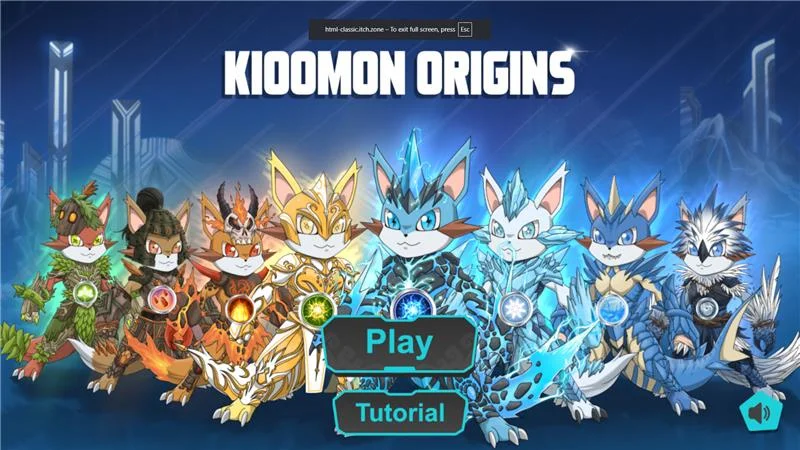
One of our showcase projects in Web3 Game Development is Kioomon Origins MVP – a roguelike action-survival game developed in Unity. When GIANTY began developing Kiooverse: Kioomon Origins, the mission was clear: prove the gameplay first. The team focused on building an engaging combat system where players can truly live in the Kiooverse.
The MVP phase focused entirely on fun, control, and flow. Players could experiment with mechanics, combos, and strategies before any crypto or NFT elements appeared on-screen. You can explore the full breakdown of how it was built here
A Sustainable In-Game Economy Is Crucial In Web3 Game Development
In web3 game development, economic design takes on a new dimension. Digital items and currencies often hold real-world value, which means the balance between fun and finance must be handled with care.
The key is to design economies that are player-centric and sustainable, not speculative. That means:
- Reward systems that scale fairly with effort and time, not just capital.
- Economic loops that encourage collaboration, crafting, and trading between players.
- Assets that have utility – they’re valuable because they enhance gameplay, not because they’re limited editions.
When the economy serves gameplay, the result is a healthier, longer-lasting ecosystem.
Innovative Gameplay Mechanics Leverage Blockchain Uniquely
Web3 isn’t just about adding tokens to a game but it’s rethinking what’s possible with decentralized systems.
Blockchain can empower developers to design systems that go beyond traditional limits:
- Player-driven marketplaces that function autonomously.
- Transparent histories of digital items, adding lore and emotional value.
- Interoperability that allows characters or items to exist across multiple worlds.
However, not every game needs every web3 feature. The magic happens when blockchain mechanics enhance the core experience rather than distract from it. That’s where innovation lies: not in the technology alone, but in how it deepens connection between player and world.
Community Engagement
A thriving game is built by its community. Long before web3, successful live-service titles thrived on collaboration, fandom, and player creativity. web3 simply gives players more direct involvement in that growth.
Healthy community engagement in web3 game development includes:
- Transparent communication: Open development roadmaps and honest feedback channels.
- Creator empowerment: Tools and incentives for players to contribute art, stories, or mods.
- Shared governance: Giving long-term players a voice in the evolution of the world.
A great example of this in action is The Kiooverse Fan Art Contest, where players were invited to bring “Nyx” – a character from the Kiooverse universe and the “Avalanche Realm” to life through their own artistic interpretations. This initiative turned fan creativity into a shared storytelling effort, allowing the community to help shape the visual and emotional identity of the Kiooverse itself.
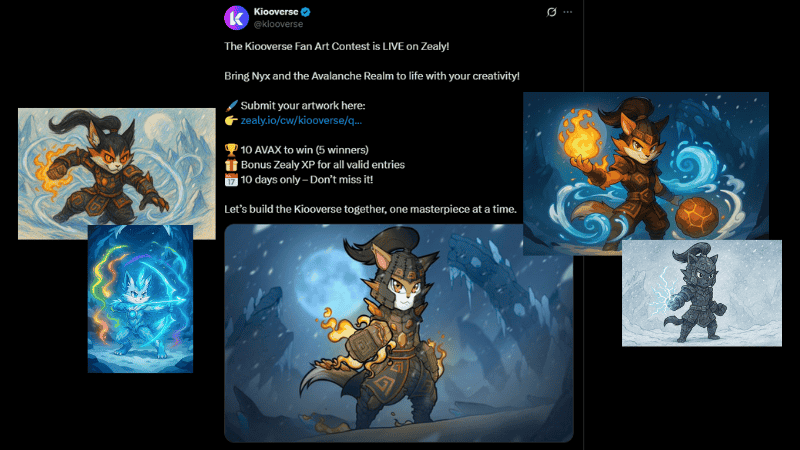
And that’s the key to sustainability: when the community feels ownership, engagement becomes exponential.
Continuous Development Keeps Players Coming Back
A game doesn’t end when it launches. Continuous updates, live events, and new content are what transform a good game into a living one.
This is especially true for web3 games, where player expectations evolve quickly. Maintaining long-term engagement means constant iteration both on content and on infrastructure.
Here’s what continuous development looks like in modern web3 game development:
- New content: Fresh characters, levels, storylines, and features that keep the world expanding and the gameplay loop exciting.
- Seasonal events: Time-limited quests, tournaments, or collaborative events that bring players together and celebrate community milestones.
- Ongoing balance and UX improvements: Fine-tuning combat systems, adjusting difficulty curves, and refining interfaces based on real player data and feedback.
A successful web3 game development isn’t a one-time release, it’s a living world that learns and grows with its players.
Ready to Bring Your Web3 Game Idea to Life?
The five essential elements above form a blueprint for games that endure beyond hype and trends. Creating a great web3 game takes more than code and tokens. Games that last are the ones that feel alive with fun gameplay and experiences that keep players coming back for more.
Whether you’re shaping your first web3 game idea or scaling toward full launch, GIANTY can plug in wherever you need the most support. Our teams blend deep game development expertise, art production, and live operations experience with proven technical skills – ready to partner with you from early prototyping to full production and post-launch growth in dedicated team model or project-based collaboration.
Reach out to us and build your web3 game with the same principle that defines every great title: Gameplay first. Always.



